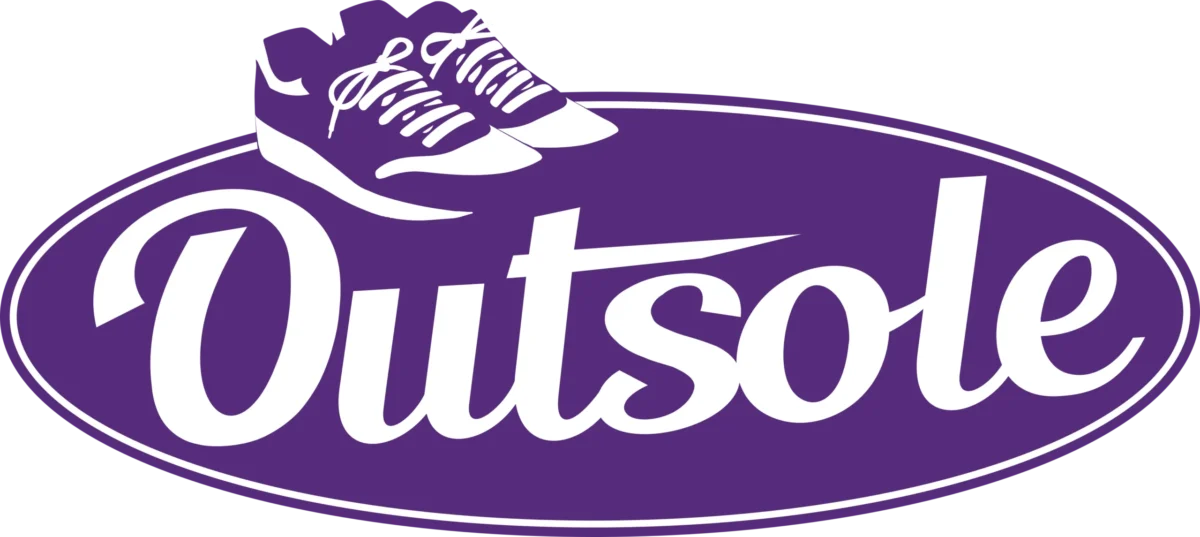Blogs
10 Ways to Spot Fake Nike Air Max 1 – Avoid Getting Scammed
For any real sneakerhead, wearing fake sneakers is a no-go. Doesn’t matter how clean they look—fake is fake. Still, almost everyone gets caught slipping at some point. You’ll either get called out in the streets or under a “Wivah” post and suddenly realize your pair might be fake. Embarrassing, and a waste of cash. And spotting fakes isn’t getting easier—because replicas are getting better. So how do you recognize a fake Nike Air Max 1? We’ll break it all down for you.
No single giveaway
Let’s be clear: there’s no universal indicator that says a sneaker is fake. We hear it all the time—people saying “you can always tell by the stitching on the size tag” or “Nike’s lettering on the heel is always a giveaway.” That’s all nonsense. Nike has released so many different Nike Air Max 1s, and each one is slightly different—stitching, labels, shapes, materials. Some details might be off on legit pairs. But if the sizing label is completely wrong or the material feels way off, that’s a red flag. Don’t overreact to minor flaws though. Even Nike’s own QC misses sometimes.
People often ask how we spot fakes instantly. Truth is—we’ve been buying and selling sneakers for over 15 years. Selling a fake would kill our credibility. We had to learn from every single pair where the details matter. And yes, even we got fooled once or twice. We only noticed when photographing a pair. No shame in that—just part of the game.


10 signs of fake Air Max 1s
It’s never just one thing—it’s a combo of clues. And which clues apply depends on the specific Nike Air Max 1 release. Some fakes are really good, so stay sharp. Even we can barely tell the difference in photos between a legit Clot AM1 from 2005 and a fake, or between real vs. fake Air Max 97/1 Sean Wotherspoon pairs. Still, these 10 indicators will help you identify fake Nike Air Max 1s.
Scroll down for a full diagram showing all AM1 parts and terminology.
1. Material & color
Always ask for tagged pics—a photo of the sneaker next to a name card with date and seller info. Compare these to official images using Google. Do the materials or colors look off? Hard pass. Some fakes are easy to spot by color alone. Others are more subtle.
This fake Nike Air Max 1 Ben Drury Hold Tight is missing the 3M mudguard. Instant red flag.

2. Swoosh placement
Fake Air Max 1s often have the swoosh too low or curved wrong. Normally, it should reach the heel lining. Google how it looks on the legit pair. If yours looks off—could be a fake. Check other signs too to be sure.
The swoosh on this fake Adventure Pack pair is way too low and shaped weird. Dead giveaway.

3. Heel shape
OG AM1s have a rounded heel with a firm structure and a straight piece of midsole. Fakes often miss this shape—the heel collapses easily and the midsole curves inward.
This fake AM1 Skull Pack heel bends inward and lacks structure. Fake!

4. Tongue
Fakes usually have shorter tongues, and the Nike tag doesn’t reach over the top edge properly or is stitched sloppily.
This fake Atmos Elephant Pack has a tongue that’s way too short. Obvious fake.

5. Toe shape
Mudguard and toebox shapes can be off. The nose might stick out more or be shaped wrong.
On this fake OG Red, the mudguard around the toe is too low and the toe box is too round. Nope.

6. Outsole & insole
Insoles on fake pairs might look different. But for translucent or special outsoles, details can be a key giveaway.
On this fake Sketch to Shelf pair, the lines are thinner and darker than they should be.

7. Size tag
Fake size tags are often full of errors—wrong fonts, inconsistent spacing, or even wrong factory codes.
This AM1 EM Burgundy has a legit code but tons of mistakes on the tag. Watch out.

8. Box
The box is often a giveaway. Wrong color, wrong label, or mismatched logos are all red flags.
This fake AM1 Chili came in a brown box—should’ve been partly orange at the time of release.

9. Accessories
Extras like lace bags, inserts, booklets, or extra tips can be way off on fakes.
This Clot K.O.D. set with “special box” is 99.9% of the time fake.

10. Seller & sales channel
These indicators especially matter when buying from private sellers.
This site claims to have an ID, an OG Red 2009, and a Skull Pack 2006. Yeah, right.

Don’t get scammed
Is the seller legit? Are the photos real? Do your homework. Ask for references or check their identity. And make sure the photos are actually theirs—tagged photos help. If the price is too good to be true? It probably is.
Pro tip: drag and drop the seller’s photo into Google Images. If it pops up in old ads or other accounts, you’re getting played.
- Some retro sneakers are re-released years later under the same product code.
- Some shoes are produced over multiple years with small variations.
- Box design and size tags evolve over time.
- Some fakes are flawless—when in doubt, ask an expert.


